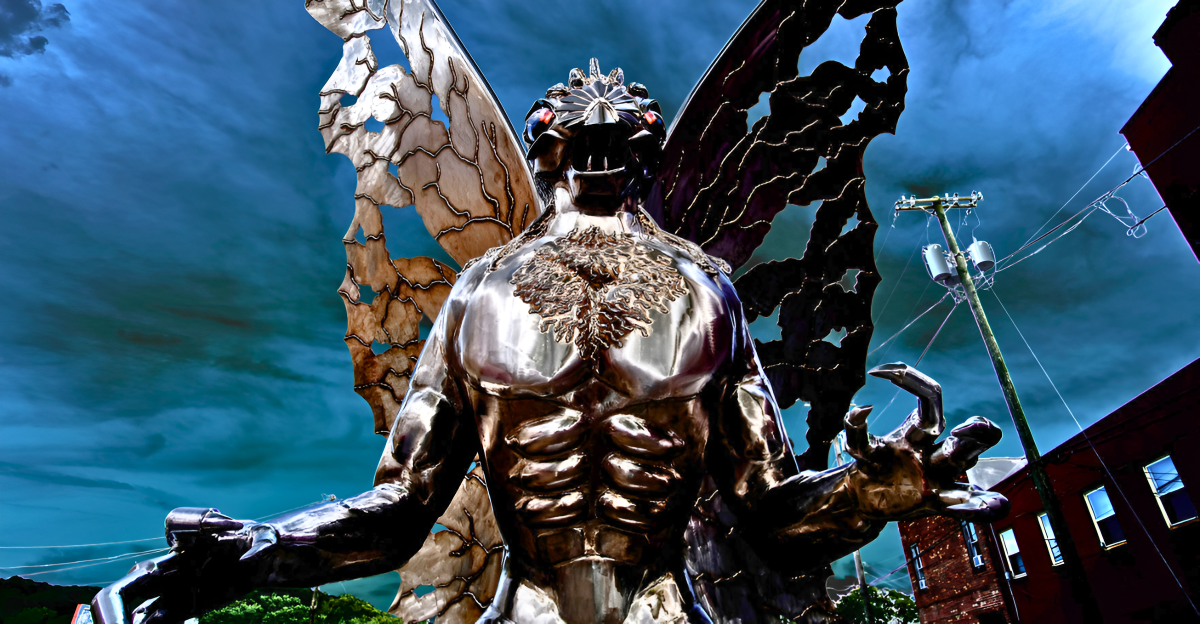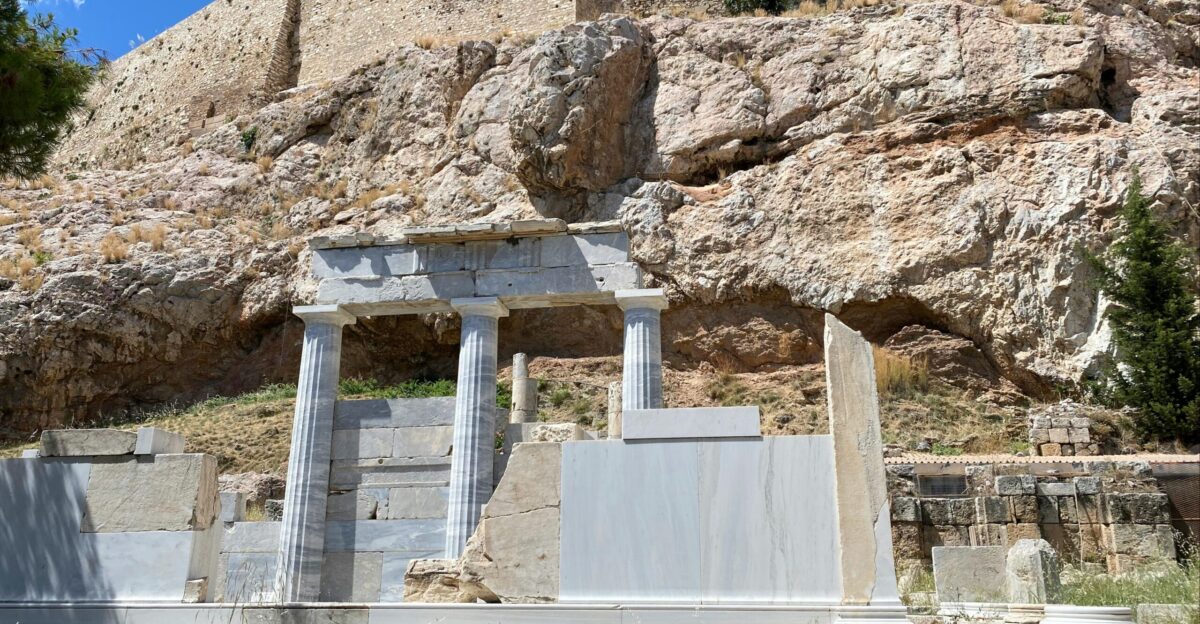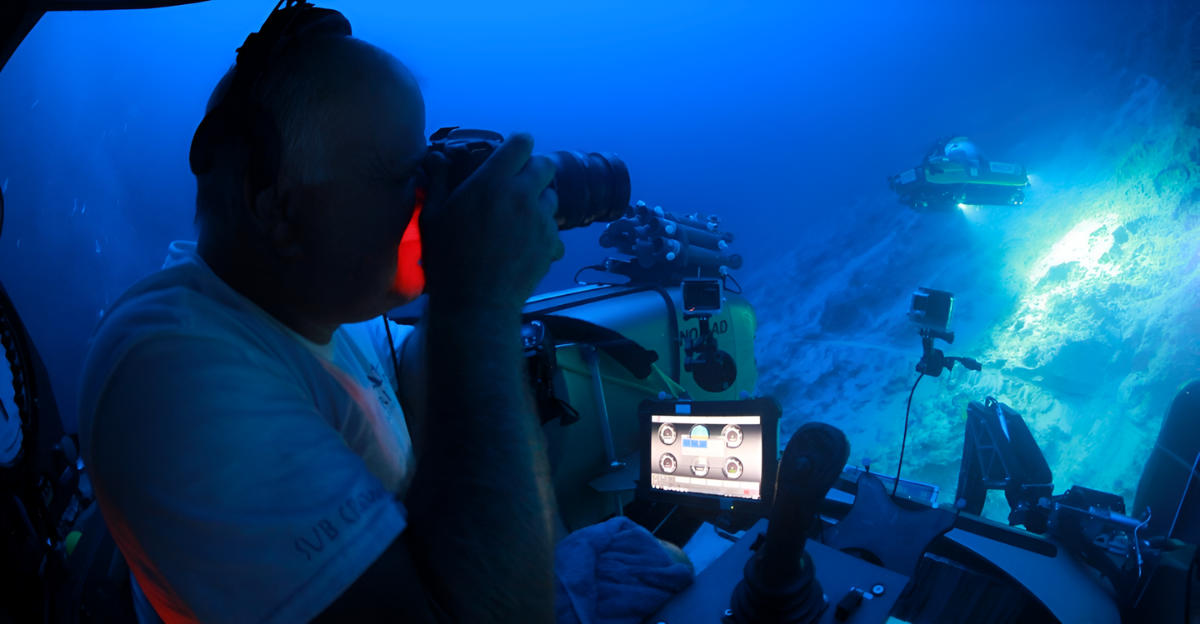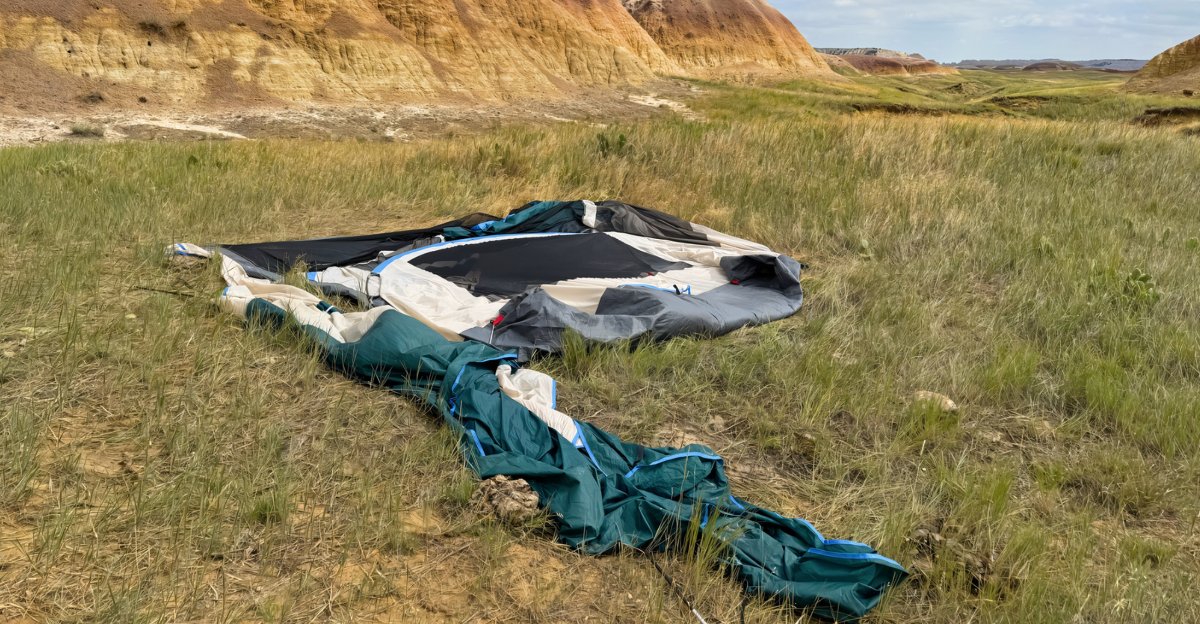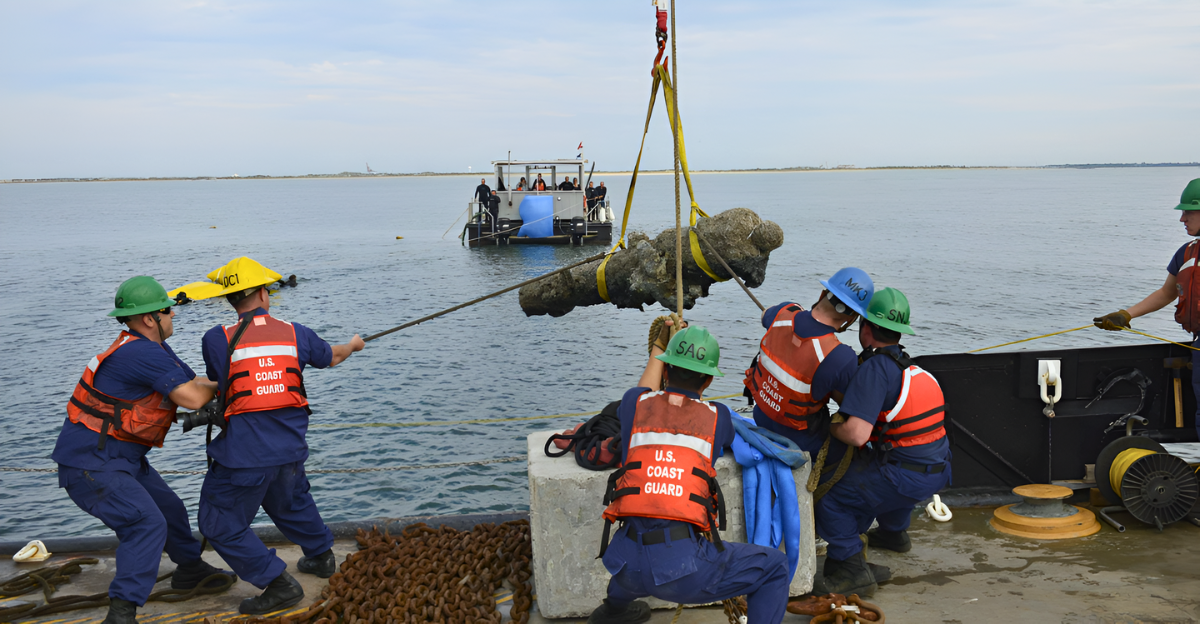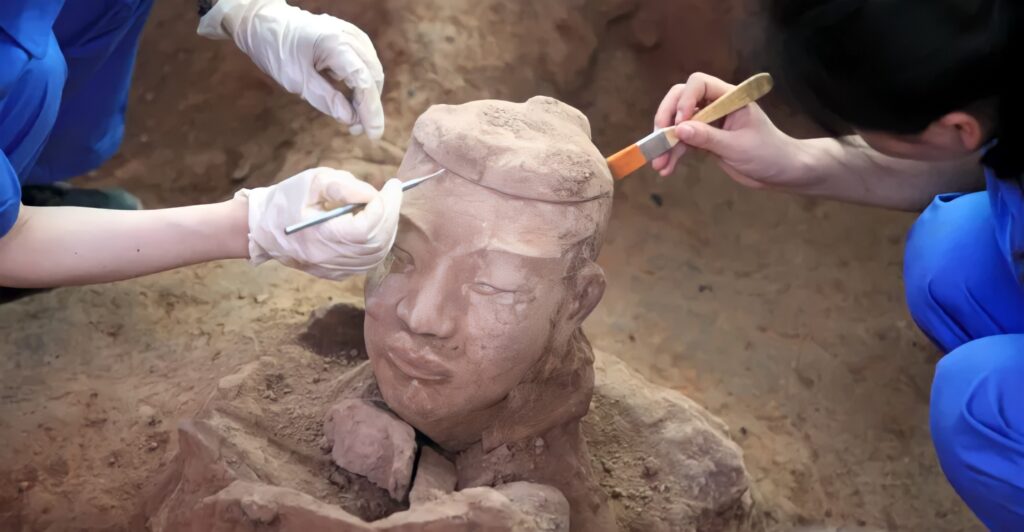
The tomb of China’s first emperor, Qin Shi Huang, is one of the world’s most tantalizing archaeological mysteries. Despite being discovered in 1974, its central burial chamber remains unopened, shrouded in legend and scientific caution. While this tomb might be worth digging into, the eerie legend behind it has researchers shaking in their boots, but why?
Discovery of a Monumental Legacy
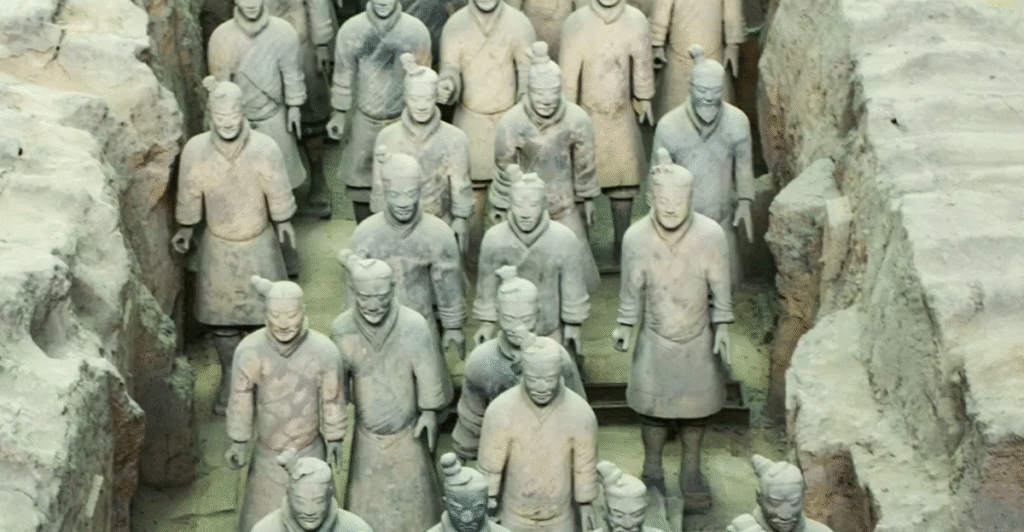
The discovery of the Terracotta Army in 1974 by a group of farmers near the tomb of China’s first emperor, Qin Shi Huang, unveiled a monumental legacy that reshaped our understanding of ancient Chinese history. This extraordinary find included around 8,000 life-sized terracotta soldiers, horses, and chariots, each uniquely detailed and arranged in military formation to guard the emperor in the afterlife.
The army is part of a vast necropolis covering nearly 60 square miles. It was designed as a microcosm of the emperor’s empire, complete with palaces, stables, and bronze artifacts.
The Scale of the Tomb Complex
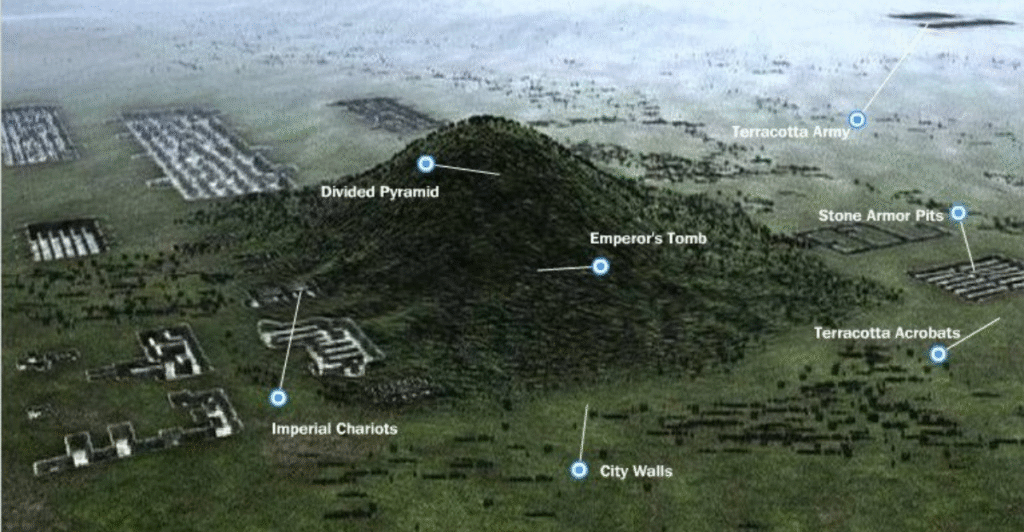
The tomb complex of China’s first emperor, Qin Shi Huang, is a staggering archaeological marvel roughly the size of Manhattan. At its heart lies a massive tomb mound shaped like a truncated pyramid, rising about 249 feet high, surrounded by two enormous walls stretching over 1.5 miles and 3.9 miles in circumference.
This vast necropolis is a miniature version of the emperor’s capital city, with palaces, stables, and pits filled with thousands of terracotta warriors, bronze chariots, entertainers, and officials. Beneath the mound lies the underground palace, a colossal chamber estimated to be 262 by 164 feet in size and up to 49 feet tall, designed to house the emperor’s coffin and treasures.
Political and Cultural Sensitivities
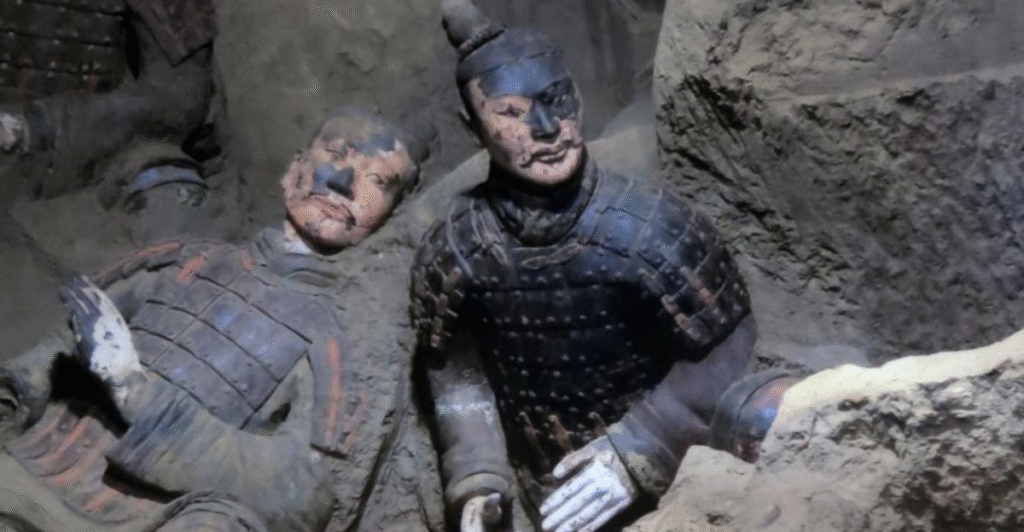
The site is an archaeological treasure and a powerful symbol of Chinese national pride and cultural heritage, deeply tied to the country’s identity and history. Chinese authorities are cautious about disturbing the tomb, fearing that premature excavation could damage priceless artifacts and disrupt a sacred resting place, which may provoke public and scholarly backlash.
The tomb’s protection also aligns with broader efforts to preserve China’s ancient legacy respectfully and responsibly, reflecting a cultural reverence for ancestors and historical continuity.
Lessons from the Terracotta Army
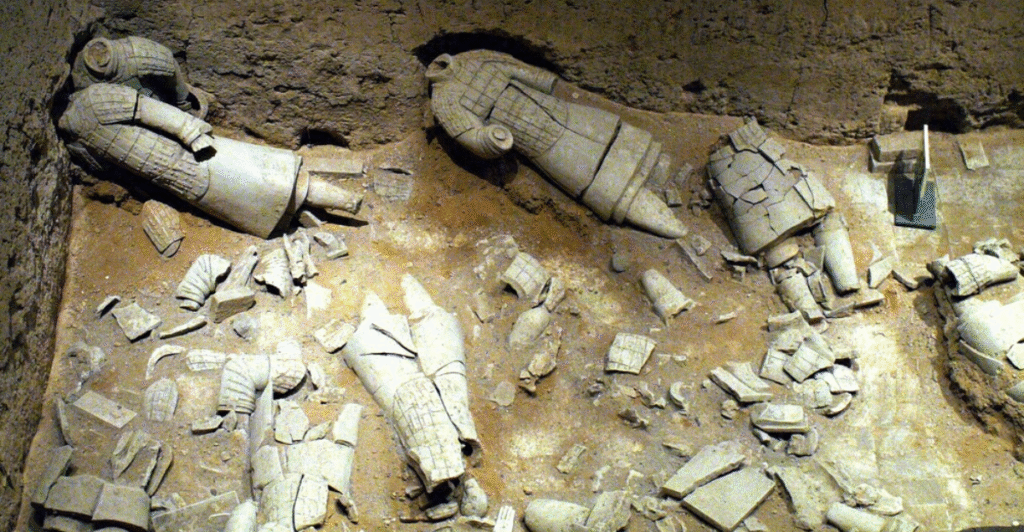
When the Terracotta Warriors were first unearthed, their vibrant paint quickly faded after exposure to air. This loss has made archaeologists even more cautious, fearing similar destruction could occur within the tomb. “The big hill, where the emperor is buried—nobody’s been there. Partly it’s out of respect for the elders, but they also realise that nobody in the world right now has the technology to properly go in and excavate it,” said Kristin Romey, a curatorial consultant for the Terracotta Warrior exhibition at New York’s Discovery Times Square.
The lacquer coating protecting the original paint can curl within seconds and peel off in minutes, causing the vibrant colors to disappear almost immediately after excavation. The site also shows evidence of ancient destruction: fires, possibly set during the chaotic collapse of Qin rule, weakened wooden ceilings that then collapsed, crushing many figures and leaving them shattered. Early excavation efforts were often rushed and careless, leading to broken heads, limbs, and fragmented statues, with initial restoration attempts sometimes causing further harm.
Ancient Accounts and Legendary Warnings
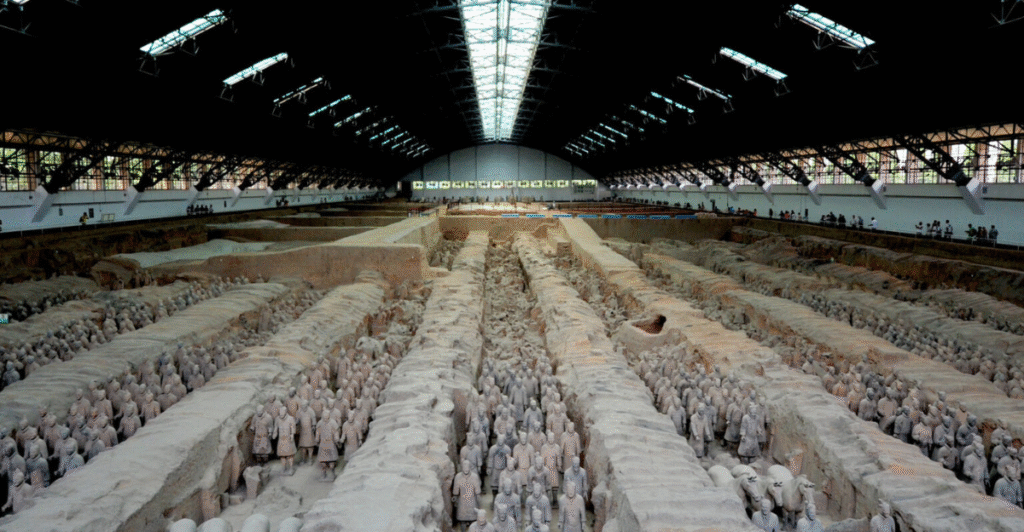
Historical texts describe the tomb as a deadly trap, filled with crossbows and arrows set to fire on intruders and rivers of mercury designed to mimic the emperor’s empire and protect his resting place. Modern findings of unusually high mercury levels around the tomb support these stories, lending credibility to the ancient warnings.
These legends tell of the harsh punishments inflicted on artisans who worked on the Terracotta Army and secret tomb passages sealed forever after the emperor’s death, underscoring the site’s sacred and dangerous nature.
Fears of Deadly Booby Traps
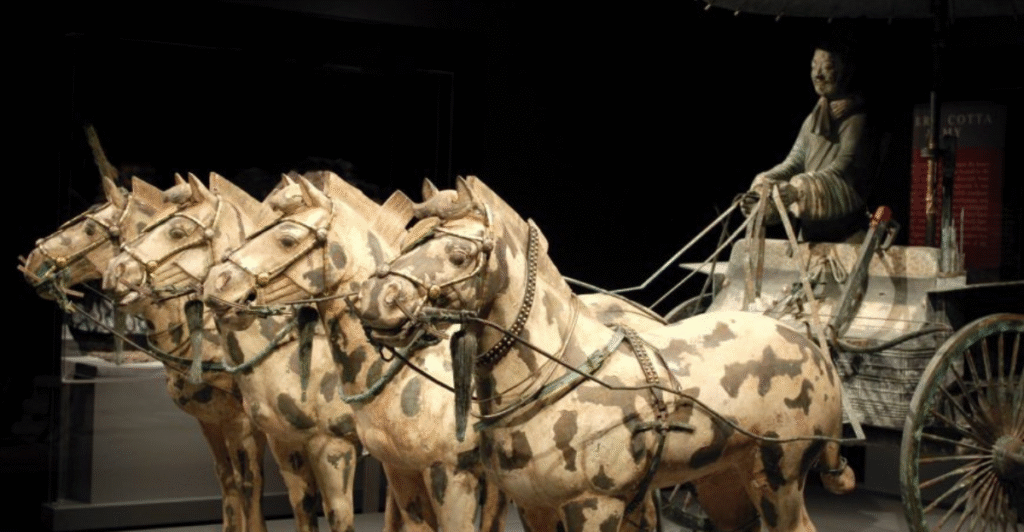
Ancient historian Sima Qian described the mausoleum as being guarded by crossbows and arrows rigged to fire at anyone who tries to enter, alongside rivers of mercury that simulate the emperor’s empire and may be toxic. While some speculate that wooden traps would have decayed over time, metal mechanisms might still pose real dangers. Modern measurements have found unusually high mercury levels around the tomb, lending some credibility to these ancient warnings.
These potential hazards and the risk of damaging priceless artifacts have made researchers cautious, leaving the tomb sealed and its secrets protected for over two millennia. “Clearly, there are considerable uncertainties in these estimations, but our findings add to the credibility of 2,200-year-old records by historian Sima on the existence of large amounts of mercury in the Emperor Qin tomb, also in view of estimates of the production capability of mercury at the times of Emperor Qin,” said the author of a study on the mercury levels.
The Risk of Irreplaceable Loss
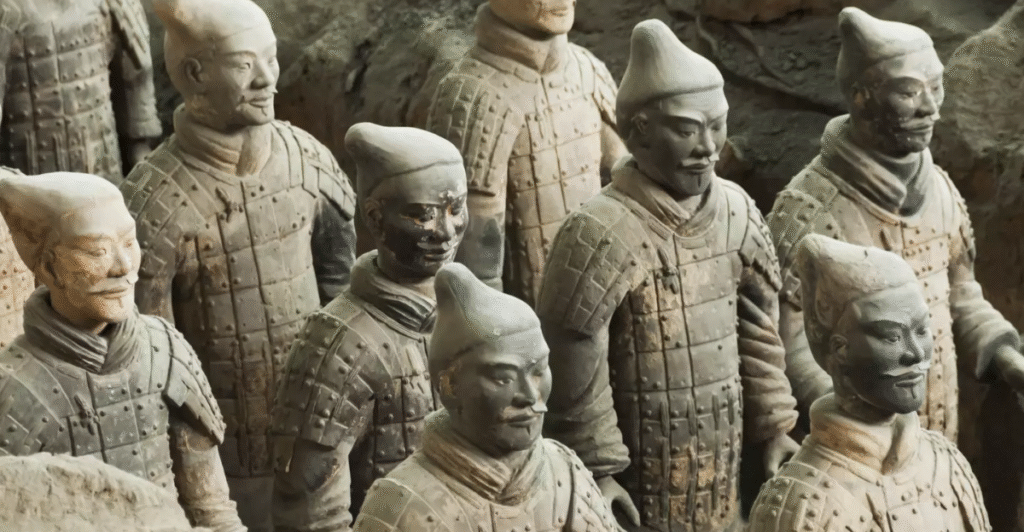
Once exposed to air and modern environmental conditions, the delicate artifacts inside could deteriorate rapidly, as seen with the painted surfaces of the Terracotta Army that faded soon after excavation. The tomb’s enormous size and complexity also mean that current technology may not be sufficient to excavate quickly and safely without causing severe damage.
Because archaeological excavation is inherently destructive, experts prefer to wait for advanced preservation methods to avoid permanently losing priceless cultural heritage.
The Search for Non-Invasive Solutions
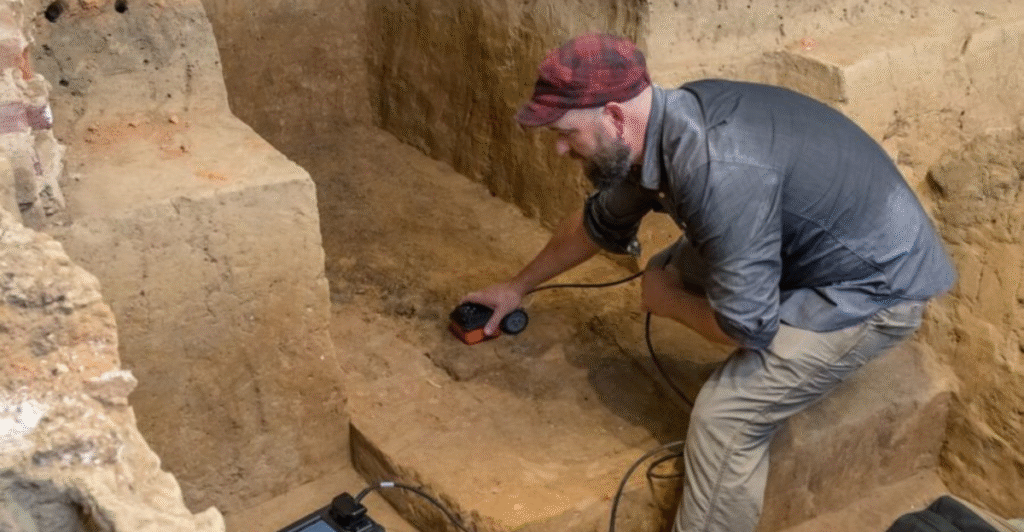
Scientists are exploring non-invasive techniques to “see” inside the tomb without digging to avoid damage. Techniques such as advanced X-ray imaging, ground-penetrating radar, and muon tomography, which uses cosmic-ray particles to create detailed images of underground structures, offer promising ways to peer inside the tomb without physically breaching it.
These methods allow researchers to map the tomb’s interior layout, detect hidden chambers, and assess the condition of artifacts while preserving the site’s integrity.
Waiting for the Right Moment
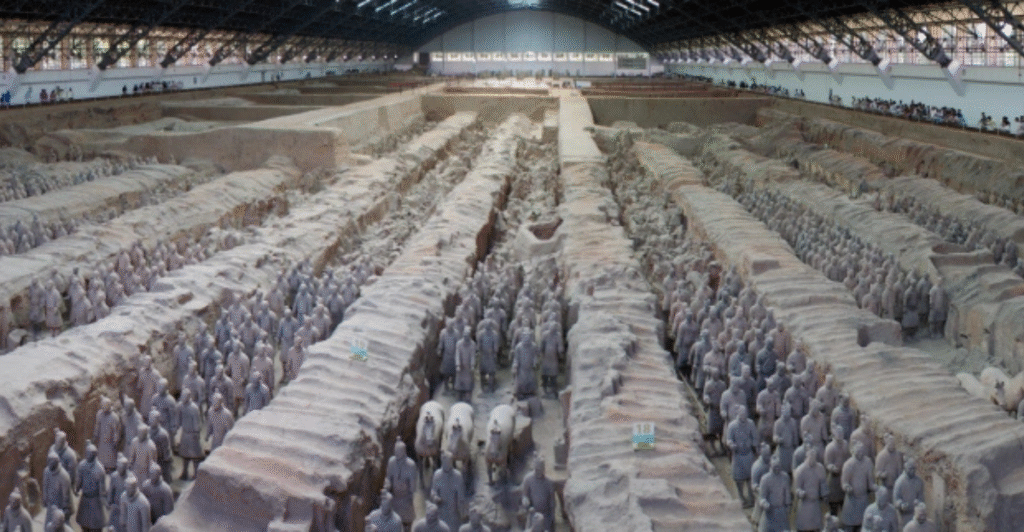
Given the immense historical significance and the delicate condition of Qin Shi Huang’s tomb and its treasures, archaeologists and Chinese authorities have adopted a cautious approach, waiting for the right moment before opening the burial chamber. This patient strategy reflects a deep respect for cultural heritage and acknowledges the lessons learned from earlier excavations, where exposure led to rapid deterioration of artifacts.
By waiting, experts hope to responsibly unlock the tomb’s secrets, ensuring that future generations can study, preserve, and appreciate this priceless legacy.

